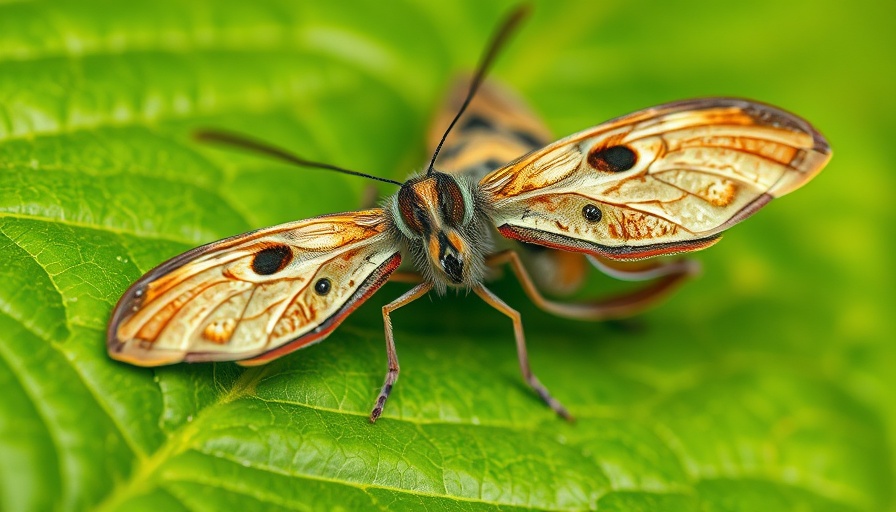
Revolutionary Findings Show Acoustic Communication in Nature
In a groundbreaking study conducted by researchers at Tel Aviv University, scientists have uncovered the first evidence of auditory interaction between plants and insects, shedding light on the complexity of ecological communication. This research illustrates remarkable capabilities in the natural world, where plants are not merely passive organisms but active communicators that can emit ultrasonic sounds—sounds that are beyond human hearing but detectable by many insects, particularly female moths.
Understanding Plant Signals
Plants, long known for their ability to produce oxygen and serve as the foundation of the food chain, have now been observed communicating distress through sound. Specifically, plants under dehydration stress emit ultrasonic signals. The researchers, led by Professors Lilach Hadany and Yossi Yovel, hypothesized that insects would utilize these signals to make crucial life decisions, such as where to lay their eggs.
A Closer Look at the Research
The researchers initially sought to determine whether moths could indeed detect these sounds and alter their behavior in response. During the experiments, female moths displayed a strong preference for healthy plants over dehydrated ones by gravitating towards the boxes emitting the 'healthy' sounds. This preference was so pronounced that once the moths' auditory senses were neutralized, they showed no preference, suggesting that sound is a critical factor in their decision-making processes.
Implications of Acoustic Interactions
This discovery could reshape our understanding of plant-insect relationships. Traditionally, interactions have been viewed through the lens of chemical or visual signals, but now, sound comes into play, adding an intriguing layer to these interactions. As the study highlights, future research could unveil a wealth of undiscovered acoustic interactions across various species, paving the way for deeper ecological insights.
Counterarguments: Rethinking Established Beliefs
While the results of this study are compelling, it is crucial to consider opposing perspectives. Some may argue that acoustic signaling does not significantly impact the survival of species or that the reliance on such signals may vary across different environments. However, given the complex adaptation strategies of both plants and insects, the argument for auditory interactions becomes stronger, shedding light on the evolutionary advantages of these communication methods.
Practical Insights: What We Can Learn
The implications of understanding plant-auditory interactions extend beyond academics. For gardeners and agricultural experts, these findings suggest that healthy plants not only look good but may also resonate with life-sustaining properties that attract beneficial insects. Consequently, optimizing plant health becomes even more critical.
Future Predictions: A New Era of Ecological Research
Looking ahead, this groundbreaking discovery opens avenues for further research. Exploring the range of sounds emitted by various plant species, and identifying which animals respond to these signals, is essential for understanding ecological balance and biodiversity.
In conclusion, the revelation that plants engage in acoustic communication with insects not only challenges long-standing beliefs about plant behavior but also enriches our understanding of the intricate connections in ecosystems. The study invites us to reevaluate our interactions with nature and consider the potential of sound as a vital component of ecological relationships.
 Add Row
Add Row  Add
Add 




Write A Comment